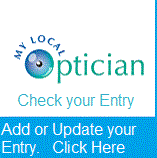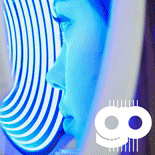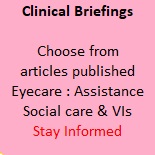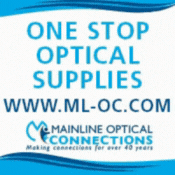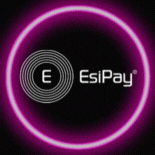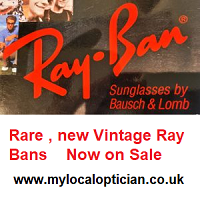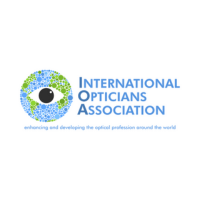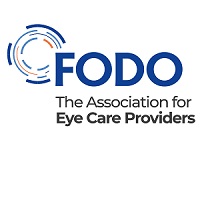Ophthalmology and OMPs
Tools for IOL Selection: European Perspective
Tools for IOL Selection: European Perspective
A look at current and future trends.
“A report published on Cataract and Refractive Surgery Today”
When selecting an IOL for patients undergoing cataract or refractive lens exchange surgery, two choices must be made—the IOL power and the IOL design and/or refractive target.
Advances in optical biometers, especially modern swept-source OCT devices, and IOL power calculation formulas have made IOL power selection easier. This article therefore focuses instead on design features of the IOL optic and refractive targets.
The term design refers to the optical characteristics of the premium IOL—whether it is refractive or diffractive and whether it is a monofocal, new-technology monofocal, extended depth of focus, or full range of focus (eg, trifocal and trifocal extended depth of focus IOLs). A subcategory of IOL design is the refractive target when blended vision or a mix-and-match approach will be employed.
IOL DESIGN
Decisions about IOL design are often based on subjective data obtained through discussion, patient education, and questionnaires that assess things such as what patients are seeking from their procedure, their current visual needs, and how much time they spend doing different tasks. Some patients are better historians than others, and some eye care professionals are better listeners than others. Information can be lost in translation, which may explain why some patients are dissatisfied with their outcomes following IOL surgery.
Technological advances can transform IOL design decisions. These decisions are crucial—not so much because premium IOLs cost more than monofocal IOLs but because IOL surgery is usually done once per eye and the IOL remains in the eye permanently in most cases. Given the risk-benefit ratio and the limited window of opportunity to do IOL exchanges safely, they are performed in only a small percentage of cases.
TOOLS FOR CHOOSING AN IOL DESIGN
Two tools that can help guide decisions about IOL design are the Vivior Visual Behavior Monitor (VBM; Vivior) and the SimVis Gekko (2EyesVision).
Vivior VBM. This wearable technology is placed on the spectacle frame. The VBM measures working distances, head position and movement, ambient light, and UV and blue light to determine a personalized defocus curve objectively. Data are collected over 36 hours. The process typically takes 3 to 7 days, depending on the wearer’s use of the VBM. Once the patient returns to the clinic, the data are automatically (and in compliance with the General Data Protection Regulation) uploaded to the cloud, where they can be retrieved from the Vivior dashboard.
From the dashboard, the defocus curve can be seen alongside a matrix showing the time the wearer spent viewing objects at distance, intermediate, and near; the lighting conditions from photopic to scotopic under which the patient wore the VBM; and the patient’s head position—time spent looking straight ahead or to the side, straight forward, up or down, and at a tilt. The feature that seems to resonate most with both patients and ophthalmologists is the Lifestyle Management Index. The software ranks IOL options from best to worst fit and by how well the defocus curve of each IOL matches the patient’s objectively derived defocus curve.
SimVis Gekko. The patient wears this device with a headband during the initial assessment for cataract surgery. The patient looks through a series of lens options—monofocal, new-technology monofocal, extended range of vision, or full range of vision—that can be changed with the touch of a button. Rather than view a simulation, the patient looks at the natural world, whether it’s out the window, down the corridor, at a computer screen, or at a phone. Exact IOL options can also be tested and compared using the device.
Patients can choose among different IOL options while viewing all distances and determine with which IOL they are most comfortable. Premium IOLs can also be compared with monofocal IOLs at emmetropia or with different blended vision combinations and mix-and-match approaches. They can try extended range of vision IOLs with one eye targeted for distance and the other for -0.50 or -0.75 D. The Gekko allows patients to experience vision with the optical design of their choice. The information gathered is subjective, but it can help patients determine their real-world IOL preferences.








